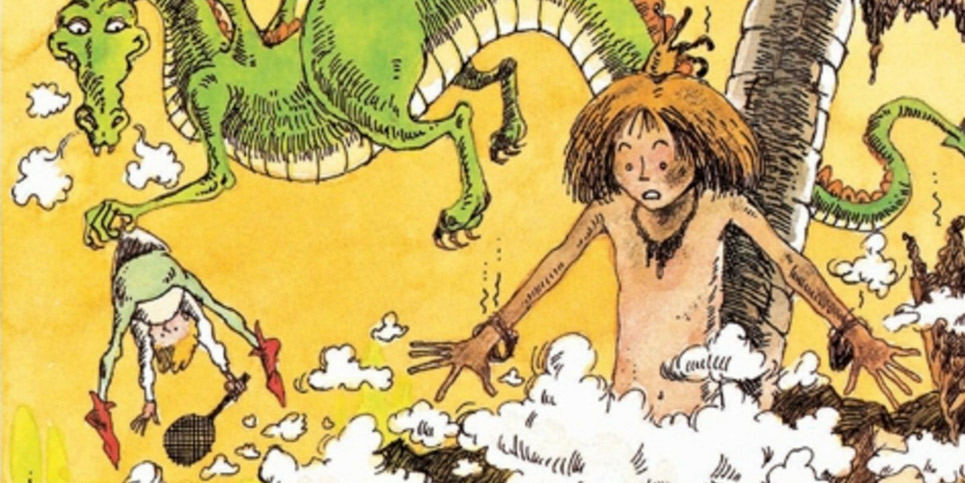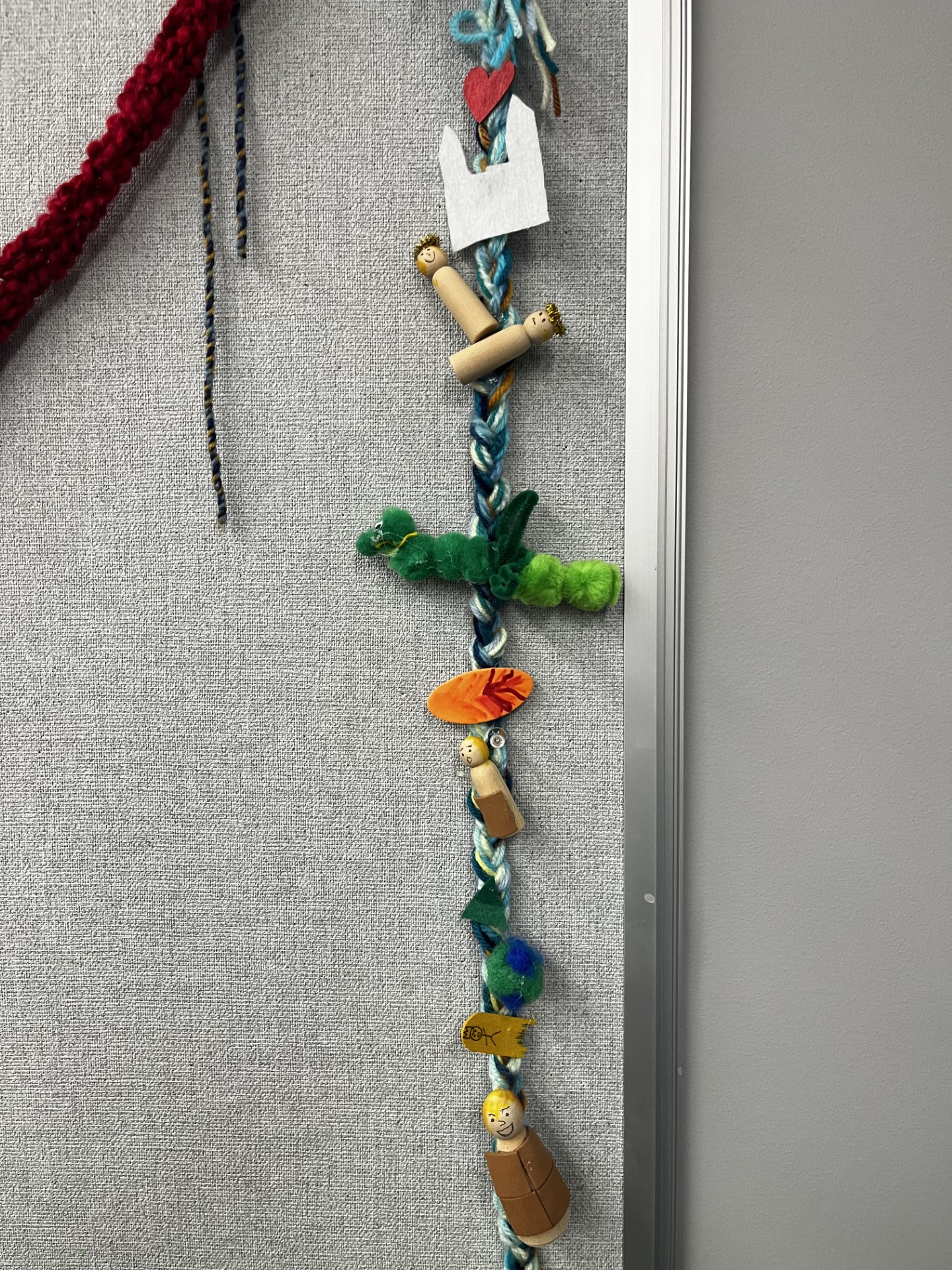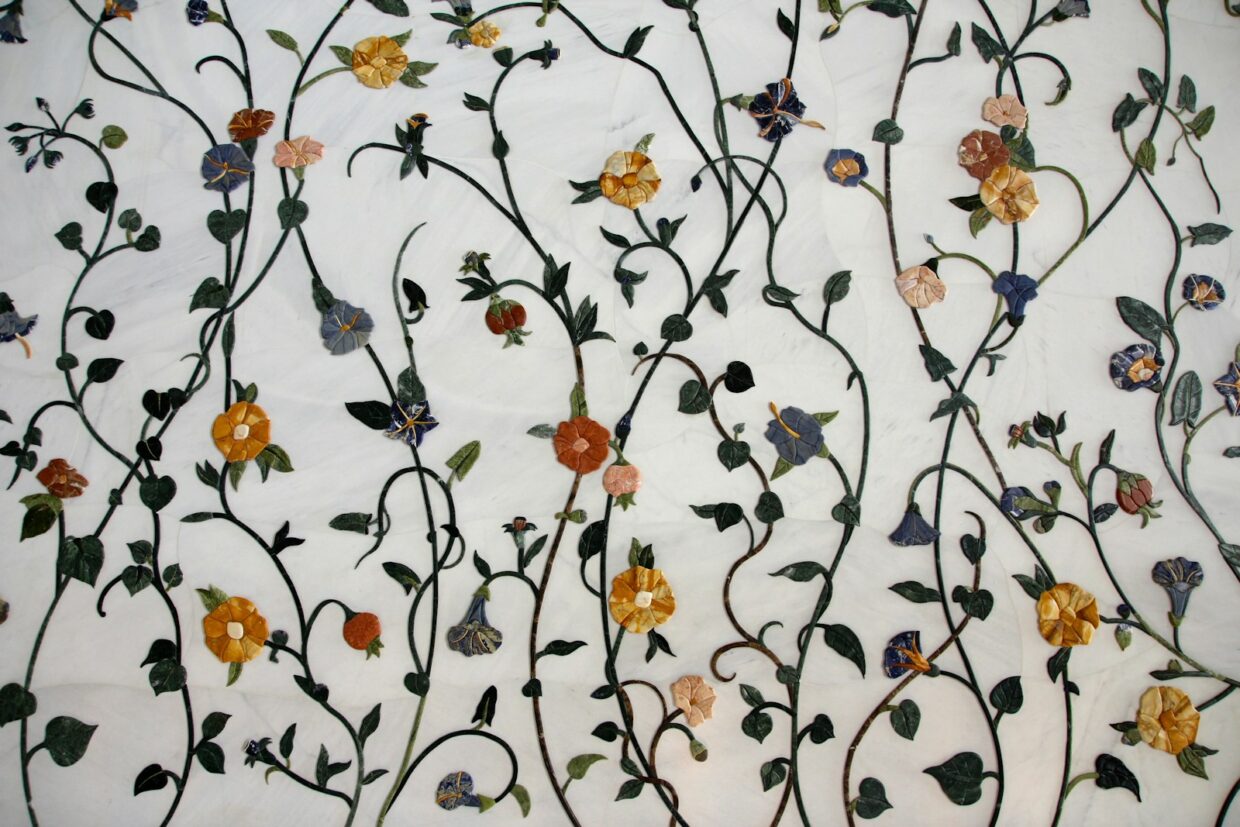Reading, and reading comprehension are two different things. Teachers want students to learn to identify main characters, events, conflicts, and emotions. When students can comprehend these elements in the story their connection and interest in literature increases.
Story vines are a fantastic way of incorporating contextual items so students can demonstrate their understanding of the story, sequence, vocabulary, develop fluency of reading, and link a visual to the story (Page 92). All story vines will be different because students have creative freedom making them. To complete the story vine activity, begin by reading a story that has a clear sequence of events, and then enthusiastically tell the students you would like to show them something you created. Show the class your story vine and then retell the story references your story vine! Once students understand the concept of the story vine you can have them create their own, using the story you read, or one that they personally enjoy. Once the story vines are finished students can engage in oral storytelling, and listening retelling the story using their story vine.
For my story vine I used the The Paper Bag Princess by Robert Munsch! We had several options for craft supplies to create them, I used several varied materials and had a wonderful time making it. The two wooden figures represented Princess Elizabeth, and Prince Ronald, and the heart represented their “love” and Elizabeths original devotion to Ronald as they were to be married, the white cutout was their castle representing the beginning of the story where the two of them lived in luxury. Next, I created the dragon  using pipe cleaners and little puff balls, and a flame (orange felt), representing how the dragon came destroyed everything and took Ronald leaving Elizabeth and a paper bag she found to wear. The wooden figure of Elizabeth in her paper bag dress (brown felt) shows Elizabeths resiliency and resourcefulness as she sets out to rescue Ronald.
using pipe cleaners and little puff balls, and a flame (orange felt), representing how the dragon came destroyed everything and took Ronald leaving Elizabeth and a paper bag she found to wear. The wooden figure of Elizabeth in her paper bag dress (brown felt) shows Elizabeths resiliency and resourcefulness as she sets out to rescue Ronald.
Once Elizabeth finds the dragon, on my story vine I put a tree (green paper), to represent how Elizabeth began to outsmart the dragon by asking him if it were true he could burn up ten forests with just one breath. Next, I had an earth made from green and blue puff balls to represent when Elizabeth asked the dragon if it were true he could fly around the entire world in just ten seconds. Once the dragon is so tired he falls asleep, and Elizabeth saves Ronald! But his reaction was not what she expected. Next, I have a little prince figure on a popsicle stick to represent Prince Ronald, on the stick you can see his reaction is upset with Elizabeths appearance. For the final scene in the book, I represented it on my story vine using a wooden figure (Elizabeth) with a look of joy and realization on her face that she did not need Prince Ronald, and she is happy as she is, paper bag and all. Leaving Prince Ronald in the dust as she skips off on her next adventure without him.
Elizabeth saves Ronald! But his reaction was not what she expected. Next, I have a little prince figure on a popsicle stick to represent Prince Ronald, on the stick you can see his reaction is upset with Elizabeths appearance. For the final scene in the book, I represented it on my story vine using a wooden figure (Elizabeth) with a look of joy and realization on her face that she did not need Prince Ronald, and she is happy as she is, paper bag and all. Leaving Prince Ronald in the dust as she skips off on her next adventure without him.
I am not the most artistic person by any means, but I still enjoyed this activity, and through oral story telling of the story I am able to connect my creation to the main events in the story. This activity can be cross-curricular with the Arts Education curriculum, or you can make it a social studies activity, or even science. I love the diversity of story vines as they can integrated into many lessons.
Stories For Story Vines
Story vines work best with stories that have a strong sequence, repetition, and visual elements that can be represented on a vine. Here are some examples of stories that would work well for this activity:
Traditional Indigenous Stories (Great for Truth & Reconciliation Themes)
1.”How the Raven Stole the Sun” – A tale of how Raven brought light to the world, allowing for various parts of the story to be visually represented along the vine (darkness, Raven, the box with the sun, light appearing, etc.)
2.”How Turtle Got Its Shell” – A great sequential story with strong imagery of turtle before and after receiving its shell.
Classic Repetitive Stories (Good for Younger Grades)
1.”The Mitten” by Jan Brett – The sequence of animals squeezing into a mitten lends itself well to visual storytelling.
2.”There Was an Old Lady Who Swallowed a Fly” – A predictable sequence with clear visual elements for each swallowed animal.
3.”The Very Hungry Caterpillar” by Eric Carle – Great for showing transformation through sequential images on the vine.
4.”We’re Going on a Bear Hunt” by Michael Rosen – Has repeating phrases and different obstacles that can be represented visually.
Fables & Folktales
1.”The Lion and the Mouse” – The sequence of events leading to reciprocity between the two animals can be well represented on a vine.
2.”The Tortoise and the Hare” – A clear storyline with distinct moments (starting the race, rabbit resting, tortoise continuing, final win).
3.”Stone Soup” – The growing contributions of the villagers make for a great storytelling sequence.
Nature-Based Stories
1.”The Giving Tree” by Shel Silverstein – Works well for showing the stages of giving throughout life.
2.”A Seed is Sleepy” by Dianna Hutts Aston – Follows the life cycle of a seed, perfect for a story vine.
Sources:
Building Student Success – B.C. Curriculum
Sometimes Reading Is Hard | Canada Commons

